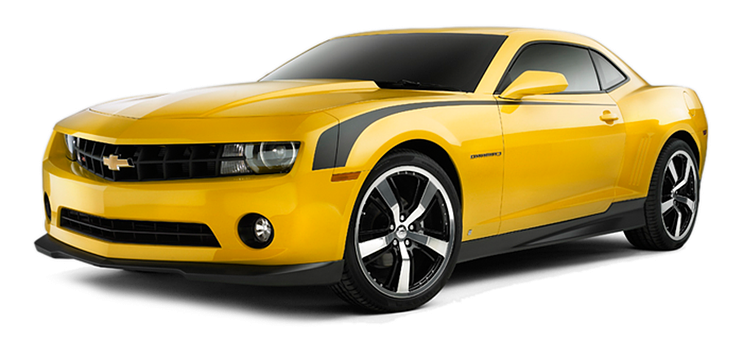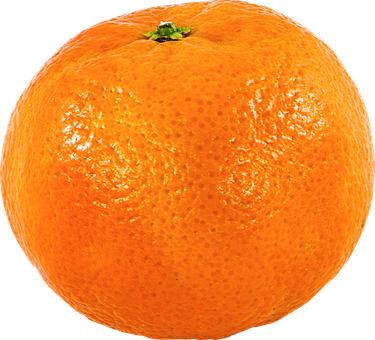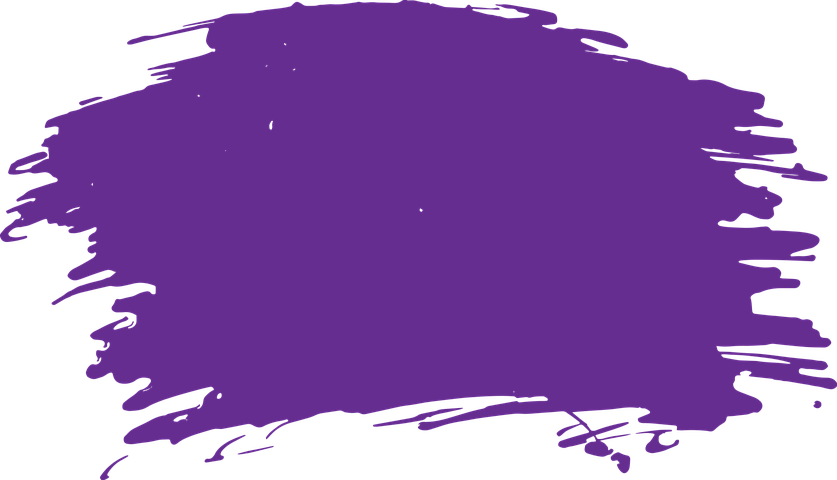Graphic Design PNG Image Format is arguably the best image format to use for your graphic designs. This guide is here to explain what the PNG format is and how it can help you with your graphic design.
It is an essential part of any marketing or software engineering campaign. But before you can create beautiful and effective graphics, you need to understand the different image formats available to you.
In this blog post, we’ll discuss the PNG image format – what it is, how it works, and why you might want to use it in your next project.
We’ll take a look at what PNG is and why it’s such a popular choice among graphic designers. We’ll also explore some of the things you need to keep in mind when working with PNG files. So if you’re curious about this versatile image format, read on!
When it comes to graphic design, there are a lot of different file formats you can use. But when should you use PNG files? And what are the benefits of using them? In this blog post, we’ll answer all your questions and show you how to create PNG files using Adobe Photoshop.

This guide will explain everything you need to know about graphic design with PNG images.
Table of Contents
ToggleWhat is PNG image format In Graphic Designs and what are its benefits over other formats such as JPEG or GIF?
PNG is an abbreviation for Portable Network Graphics. It is an open-source image format that provides lossless compression, which means that the image’s quality is not degraded when compressed. PNG files are therefore ideal for pixel art, line art, and text images. Because it supports transparency effects and can be used for animated images, the format has grown in popularity online.
JPEG stands for Joint Photographic Experts Group and is a popular file format for photographs. To reduce the size, JPEG images can be compressed. But this can lead to artifacts such as blurriness or color banding appearing in areas of high contrast.
If you want to use JPEGs on your website then try using them as thumbnails so they load faster than larger versions would do.
CompuServe created GIF (Graphics Interchange Format) in 1987 as part of their eWorld information services platform (later renamed AOL). GIFs were originally intended to display short animations within these online communities, but due to their limited color palette options, they are now primarily used as static images (256 colors per frame).
You can create PNG files from scratch or convert existing images into the format.
Typically, you’ll save a file as PNG when you want to ensure that a background image will have a transparent background.
- Open the program you use for graphic design. If you don’t have one, try GIMP (it’s free).
- Create your image as you normally would.
- Go to “file” and then click on “save as”.
- Choose “PNG” from the drop-down menu of file types, type in a name for your file, and then click “export”.

The PNG image format is a common choice for web design and graphic design.
https://www.paintshoppro.com/en/pages/png-file/
PNG images can be used to create graphics for use online, in print, or both. They are also suitable for use in video projects and animations.
The PNG format offers a wide range of advantages that make it an excellent choice for graphics designers, including:
- lossless compression—the original image data is preserved without any loss of quality
- transparency—you can specify what parts of your image should be transparent and which should be opaque
- support for millions of colors—the color palette is not limited like it is in GIFs
There are several drawbacks to using the PNG format.
The first is that it can be difficult to work with, given that there are so many different types of PNG files. This can make it difficult for designers to use them effectively, especially if they are not familiar with the format or are not familiar with how it works.
Another problem is that PNG files don’t typically hold as much information as other formats like JPEG or GIF. For example, an image saved in PNG format will be much larger than one saved in JPEG or GIF format. This is because it takes up more space on your hard drive.
Finally, some people may find the file size of PNG images too large for their needs or interests. This can lead them to choose a different format instead of using PNGs for their projects or designs.
As a graphic designer, you probably know that there are a lot of different image formats out there.
https://fileinfo.com/extension/png

You may have heard of JPEG, GIF, and PNG. But what do they mean? And how do you use them?
The simplest way to think about these three formats is this: JPEGs are great for photos, GIFs are best for simple animations like logos or images with limited colors, and PNGs are ideal for almost everything else.
So how can you make sure that the image you use on your website is in the right format? There’s no need to worry—there are plenty of websites where you can find free PNG images in high definition and copyright-free!
Graphic Design PNG Image Format is most likely the ultimate file manager because it is completely free and has the functionality of many paid products. You can, for example, add additional information such as watermarks and metadata, organize files in a variety of ways, and even manage advanced compression techniques. It’s no surprise that nearly 200,000 people have downloaded it!
Learning about the graphic design PNG image format should be beneficial. Keep in mind that this is merely an overview of the format. However, we hope that this article has assisted you in getting started with graphic design PNGs to create fun designs and projects worthy of showcasing your skills.
Even after reading this informative read, there may still be some questions that you have regarding PNGs and their uses. If this rings true, refer to our graphic design png image format infographic.
Of course, you can also just do a quick internet search on the topic of PNGs and graphic design. By doing a little bit of research, you should be able to clear up any doubts that you may have.







